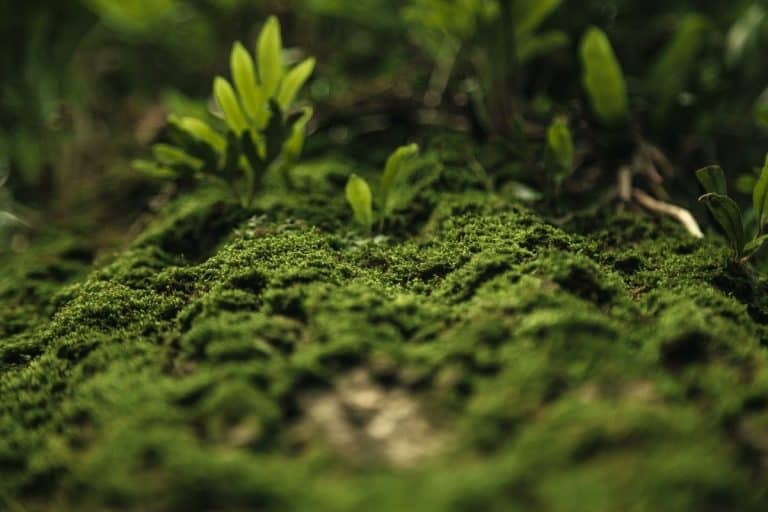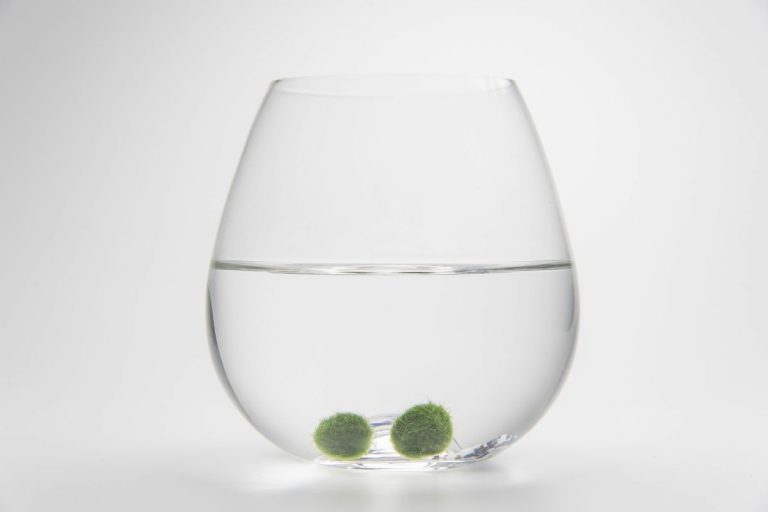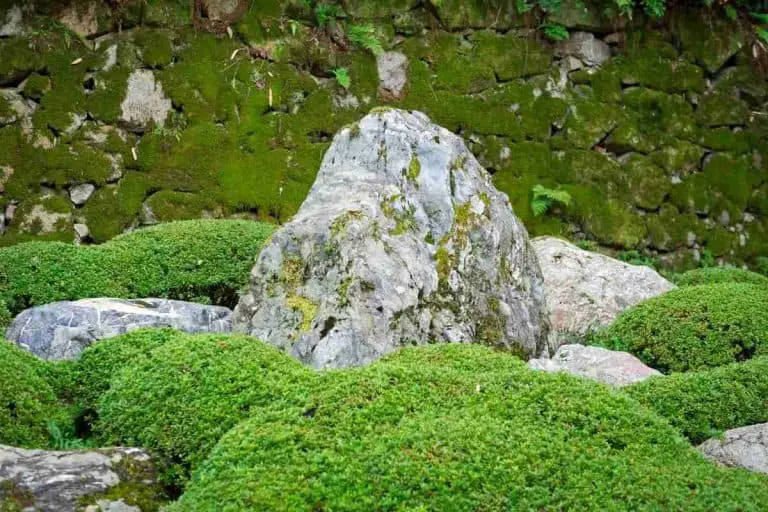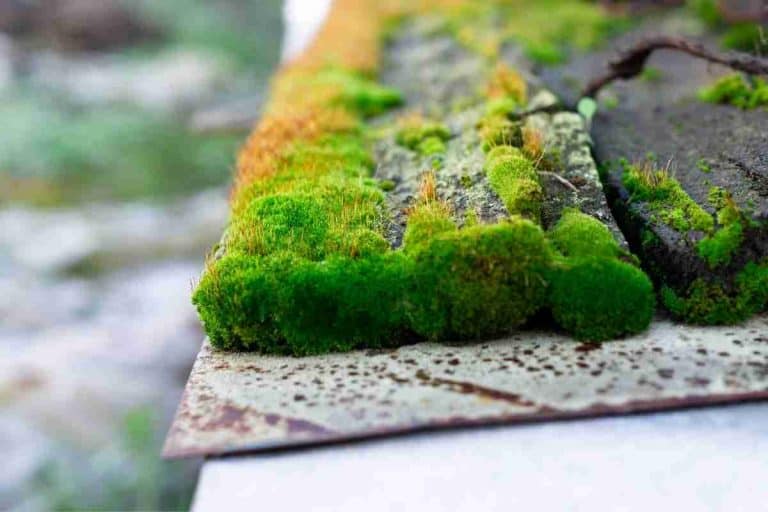How Fast Does Irish Moss Spread?
How fast does Irish moss spread? Irish moss is a low-growing plant that is often used as a ground cover in gardens. It has small, fleshy leaves and produces delicate white flowers in the spring.
Irish moss is also popular for its medicinal properties, however, one question that many moss lovers ask when trying to grow their own is how fast does it spread? And are there any factors that may influence its rate of growth?
Well, In this blog post, we’ll take a closer look at the spread of Irish moss (both land and sea) and explore some of the factors that influence its growth.
A Little About Irish Moss
Irish moss “Chondrus crispus” is a type of algae that grows in both the land and sea. It can be found growing along the seashore, in marshlands, and on rocky cliffs.
It has small, fleshy leaves and produces delicate white flowers in the spring, and is also popular for its medicinal properties.
It is high in beta-carotene, vitamin C, and other minerals like potassium and magnesium.
This low-growing perennial is a popular choice among gardeners since it adds a lovely finishing touch to any landscape.
You May Also Like To Read:
How Fast Does Irish Land Moss Spread?
Irish moss typically spreads by rhizomes (stems) and can spread up to several feet each year. However, the rate at which Irish moss spreads on land depends on a number of factors, including the type of surface it’s growing on, the amount of light and water it receives, and the temperature.
Irish moss can also be propagated by division. When you divide an established clump of Irish moss, you can increase the size of your garden.
In late spring, you may witness delicate star-shaped flowers growing on your Irish moss. These flowers are only about 1/8th inch in diameter and scattered across the carpet of thin, short leaves.
How Fast Does Irish Sea Moss Spread?
Irish sea moss is slightly different from Irish moss you find on land. This type of sea moss has been used as food, and as medicine for many years.
It grows abundantly in the cold waters of the North Atlantic Ocean and is harvested commercially off the coast of Iceland, Nova Scotia, and Maine.
The growth rate of Irish sea moss is considerably faster than Irish moss on land and can reach maturity within two to four weeks and grow up to six inches in height.
Additionally, it has a much wider spread – up to two feet – making it an ideal candidate for commercial harvesting.
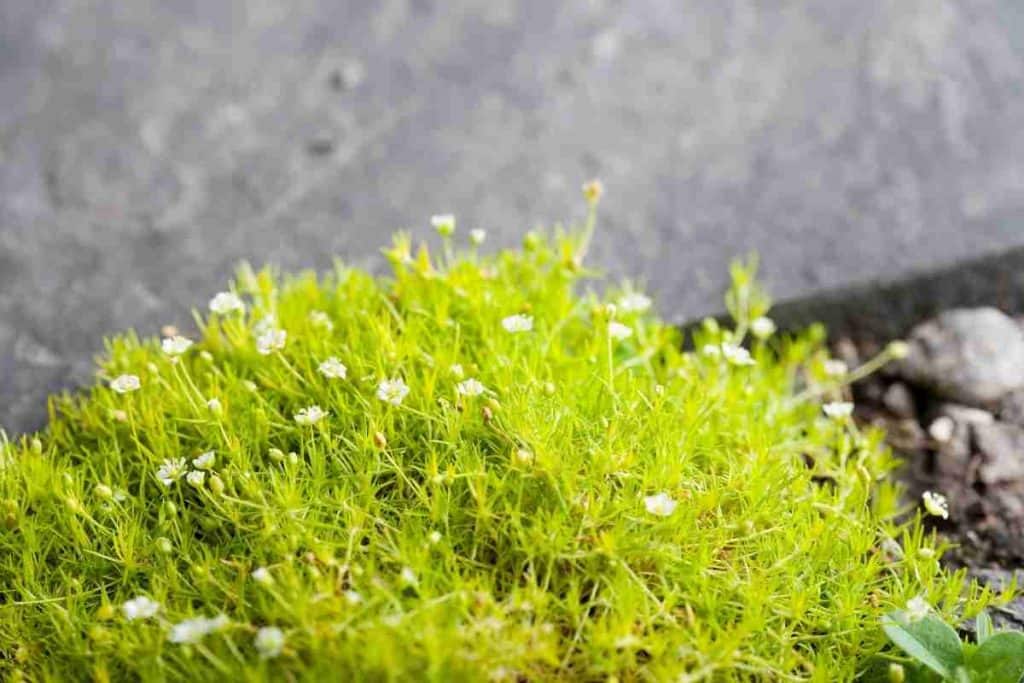
Irish Moss Growing Conditions
Irish moss is an adaptable plant, you can grow it indoors, outdoors, gardening pot, or even in a terrarium. This low-maintenance, resilient plant thrives in moist, full sun or shaded conditions.
Mentioned below are the main conditions under which Irish moss thrives:
- Sunlight
- Water
- Temperature
- Humidity
- Fertilizers
Sunlight
Irish moss thrives in either full sun or light shade. Too much shade causes the plant to become droopy, lose some of its density, and grow less appealing patches.
They can thrive in partial shade but will not be as compact. In hotter climates, the moss may require some afternoon shade so it doesn’t dry out.
Water
Irish moss has demanding water requirements. The plant is neither drought-tolerant nor can tolerate very wet conditions. Even the most insignificant negligence from your side can destroy the moss.
The Irish moss will develop brown spots whether you water it too much or too little. Ideally, you need to water the plant regularly but too much can cause mold to grow within the leaves of the moss.
Temperature and Humidity
Moss doesn’t perform well in hot and dry climates. Irish moss can handle sunlight when grown in cooler temperate zones.
Hot temperatures will convert the thick green tones into an unappealing burned brown moss. So your moss may require additional protection if the afternoon sun is too hot.
Additionally, Irish moss regains its natural color when the weather cools, so don’t worry to much, if it has discolored slightly! Just make sure you regularly water the moss.
Fertilizers
You can fertilize the Irish moss lightly to maintain its density. Using a slow-release fertilizer in the spring season is sufficient to grow a homogenous one to two-inch height.
Just don’t overdo it! if you over-fertilize the Irish moss will appear wavy and mounded rather than compact, low growing, and carpet-like.
Pruning
Although it is not mandatory to prune Irish moss, you should occasionally remove the brown sections in older carpets. However, Irish moss growth can get dense, pushing portions upwards – you will have to level it out in such cases.
Likewise, you might have to trim the plants from around staircases, pavements, and flagstones to maintain a clean aesthetics.
Since Irish moss is low maintenance, you don’t need to mow it frequently, even if you use it as a grass replacement.
You May Also Like To Read:
Things That Can Slow the Spread of Irish Moss
Despite being low maintenance, resilient plant, Irish moss are vulnerable to several factors, like any other plant. Listed below are some of the things that can slow the spread of Irish moss:
- Weeds: It is natural for weeds and grass to burst through the densely growing Irish moss vegetation. However, they can endanger the plants’ health and upset their visual appeal if not taken care of.
- Pests: Your Irish moss vegetation is always at risk for slug attack, especially in damp, shaded places. You can set up the beer trap to free your planting site of slugs.
Final Thoughts
So, if you’re interested in adding some Irish moss to your garden, keep these factors in mind when choosing a location for planting. And be patient – it may take a few months for the moss to fully spread!
You May Also Like To Read:


